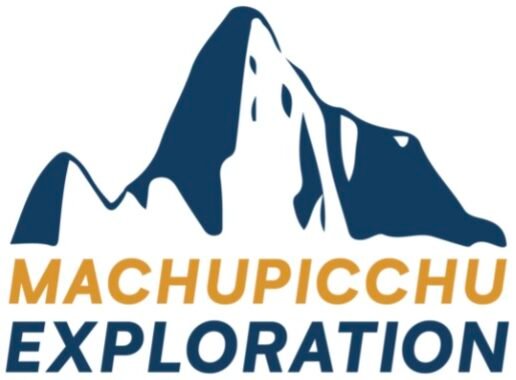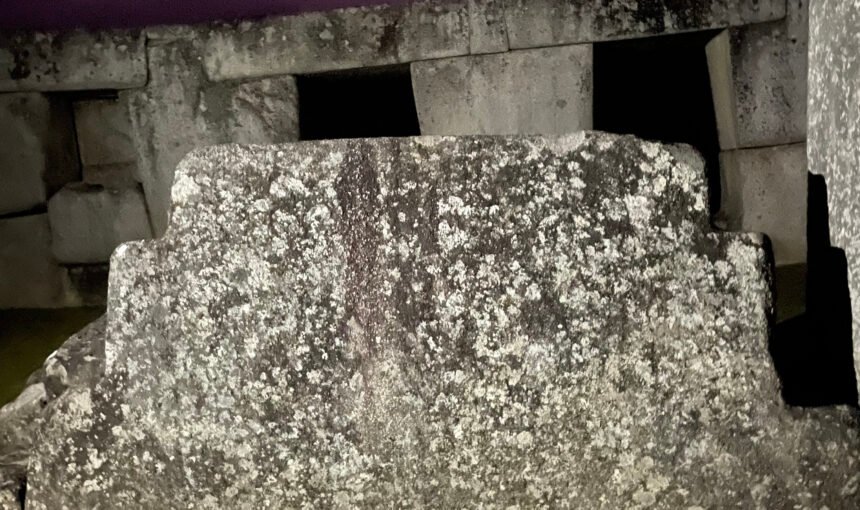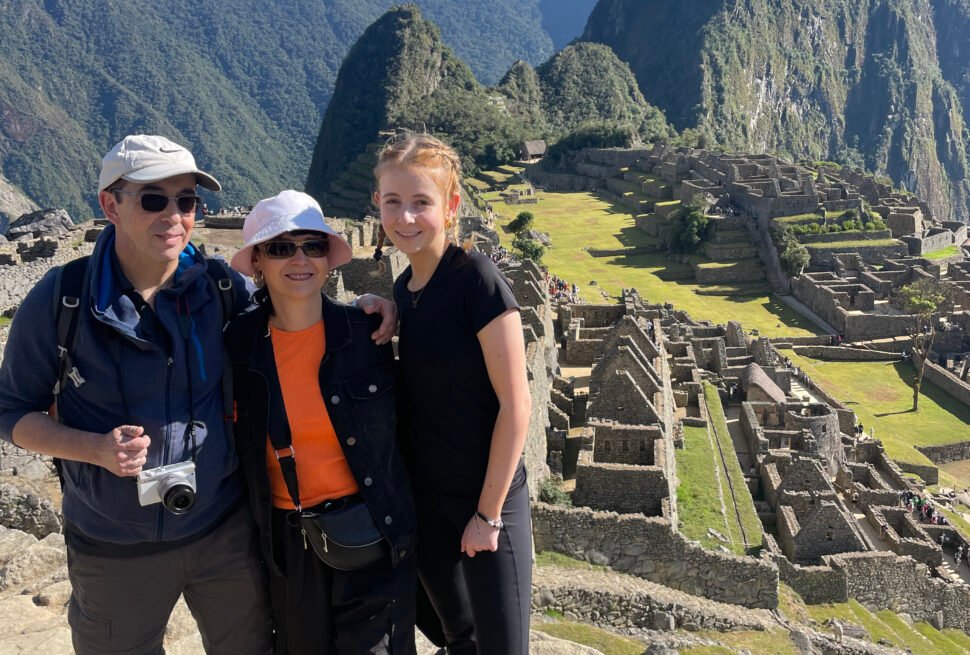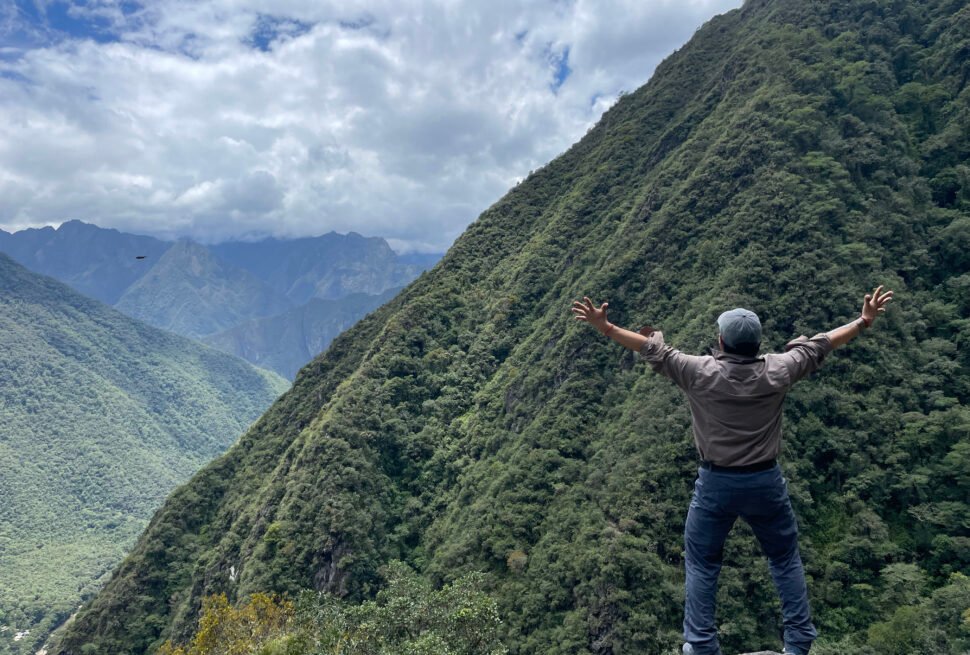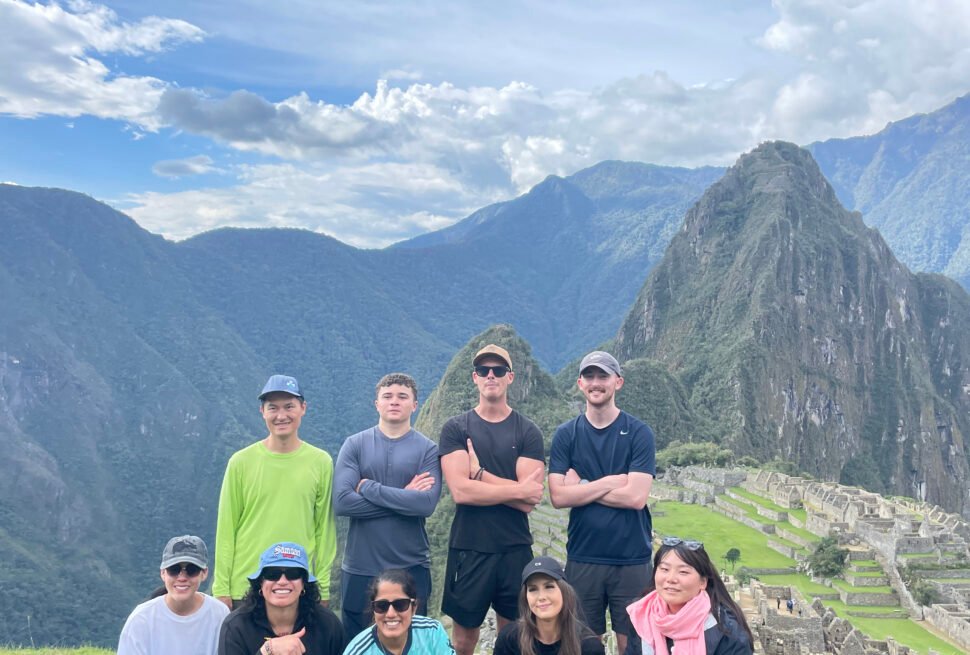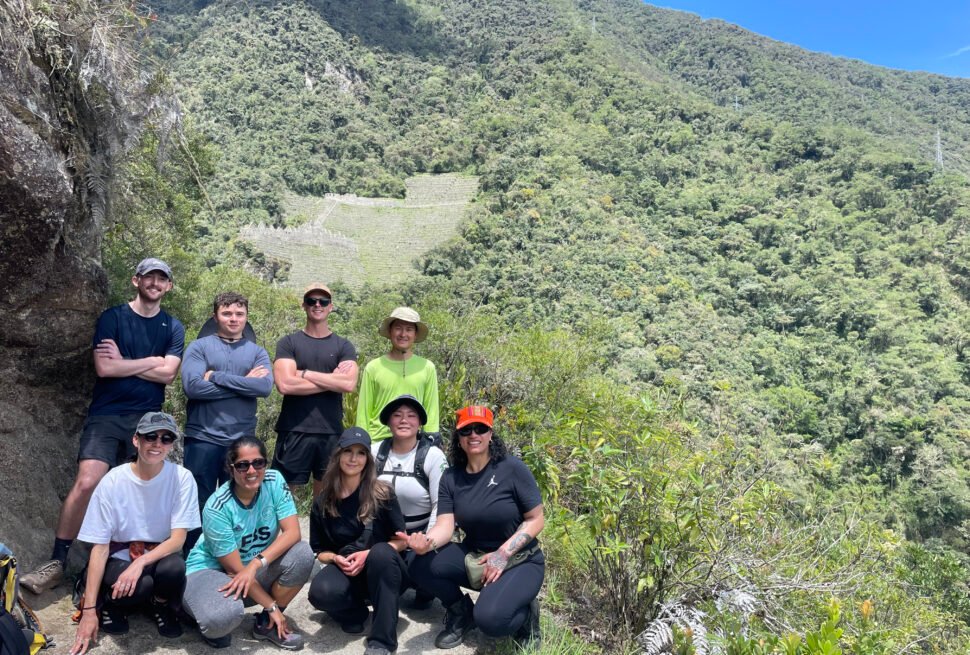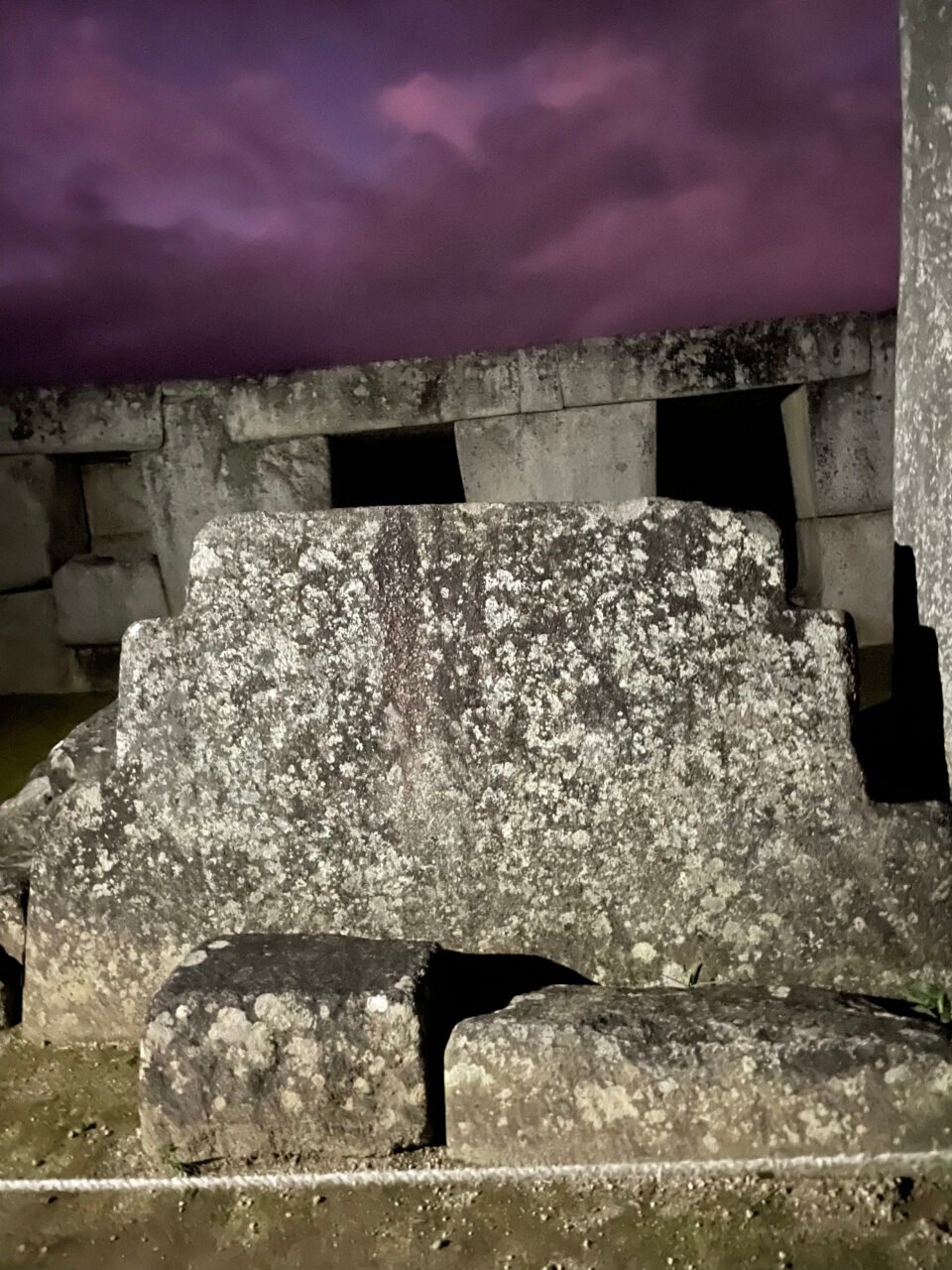
The Sacred Valley tour is much more than a prelude to Machu Picchu; it is the heart of the Inca Empire. This vast valley, dotted with sacred rivers and mountains, is home to archaeological sites that tell the story of an advanced civilization. At Machu Picchu Exploration, we invite you to go beyond the photos and understand the genius behind the ruins.
- Pisac: Fortress and Tradition
Located at the entrance to the Sacred Valley, Pisac is famous for its impressive Inca fortress and vibrant artisan market.- The Archaeological Site: The fortress stands on a mountain and demonstrates world-class Inca military and agricultural engineering. Don’t miss the vast agricultural terraces that adapt to the slope of the mountain.
- The Market: If your Cusco trip falls on a Sunday, Tuesday, or Thursday, visit the market. Here you can interact with local communities and purchase authentic textiles and handicrafts.
- Ollantaytambo: The Living Fortress
Ollantaytambo is one of the most important sites, as it functioned as a key military fortress and ceremonial center. It is also the only Inca village still inhabited.- Military Engineering: The complex dominates the valley and was the scene of a major Inca battle against the Spanish conquistadors. Its unfinished Temple of the Sun is a monumental example of stonework.
- Connection Point: Ollantaytambo is vital for travelers, as many trains depart from its station to Aguas Calientes for the Machu Picchu full-day tour from Cusco.
- Chinchero: The Cradle of Textiles and the Andean Rainbow
Chinchero, located on a high plateau with panoramic views of the snow-capped peaks, is known for its weaving workshops and its living cultural heritage.- Textile Tradition: Chinchero’s specialty is textile art. You can learn about the ancient process of dyeing wool using only natural pigments from Andean plants and minerals.
- Colonial Ruins and Temple: Its main plaza houses a colonial church built on top of an Inca palace, symbolizing the fusion of cultures.
- Moray: The Circular Agricultural Laboratory
- Moray is one of the most enigmatic ruins. It consists of several gigantic circular terraces, resembling amphitheaters.
- Agricultural Genius: Moray is believed to have functioned as an experimental laboratory. The depth and orientation of the terraces created microclimates that allowed the Incas to cultivate different types of agricultural products, simulating the climatic conditions of the entire empire.
- Maras Salt Mines: A Landscape of Contrasts
Near Moray are the spectacular Maras Salt Mines, a landscape that will leave you breathless.- Seas of Salt: Thousands of small salt pools, fed by a saltwater spring, extend throughout the valley. Salt is still harvested traditionally, an artisanal process that has endured for centuries.
Experience History with a Private Guide
To understand the complexity and significance of these sites, nothing beats the experience of an expert guide. At Machu Picchu Exploration, our private guide Machu Picchu tours include in-depth knowledge of the Sacred Valley tour, ensuring that each ruin becomes a vivid history lesson.
